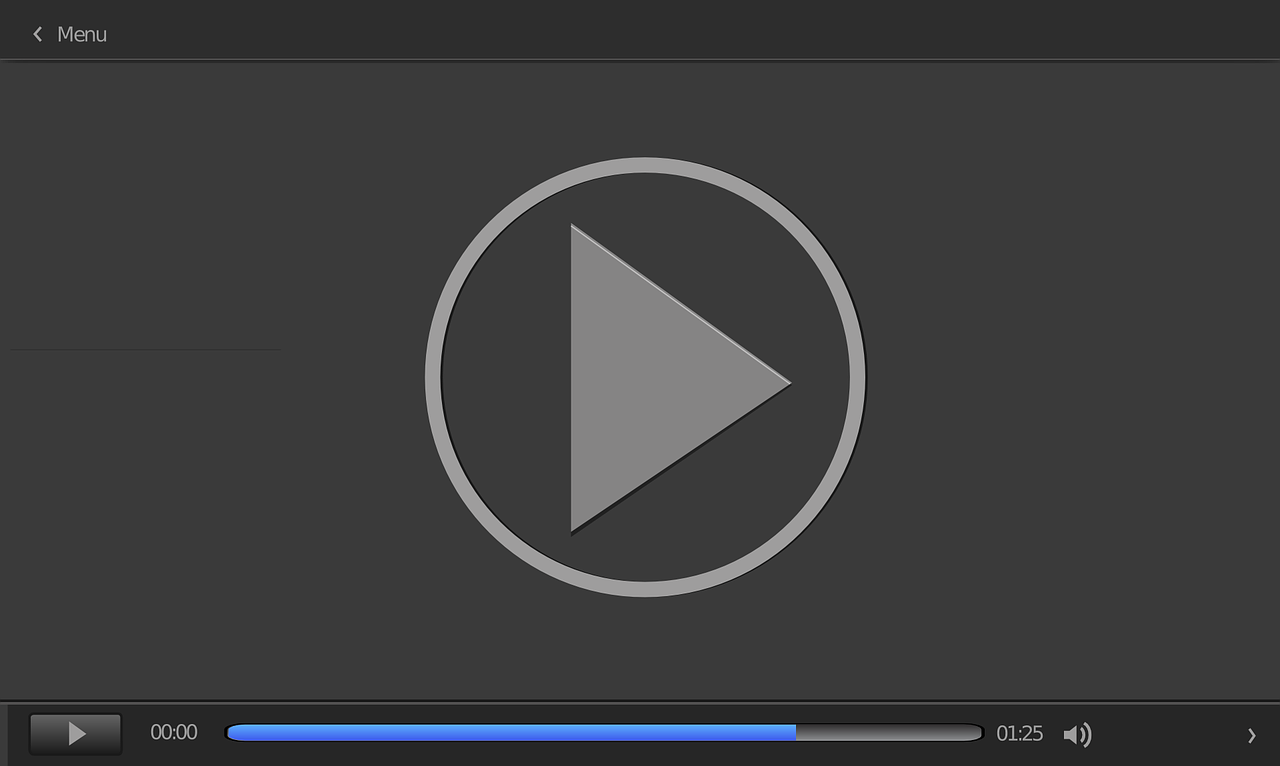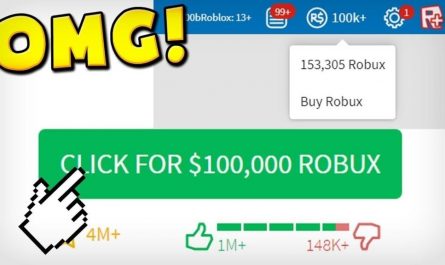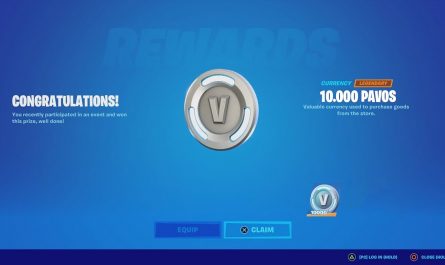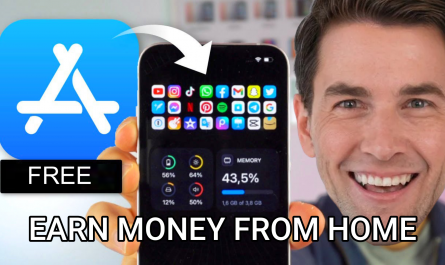In today’s digital age, social media platforms serve as a vast repository of content, including videos that capture moments, trends, and events from around the world. However, these platforms often enforce strict policies, leading to the removal of certain videos. Whether it’s due to copyright issues, privacy concerns, or community guidelines violations, deleted videos can leave users feeling frustrated and curious about their lost content. Is there a way to watch these deleted videos after they have been removed from social media platforms? In this article, we will explore various methods and techniques that users employ to view videos that have been deleted from social media platforms.
Understanding the Removal Process
Before diving into the methods, it’s essential to understand why social media platforms delete certain videos. Copyright violations, inappropriate content, and privacy concerns are the primary reasons behind video removals. Platforms like YouTube, Facebook, Instagram, and TikTok have algorithms and moderation teams that actively identify and remove content that breaches their policies.
- Browser History and Cache Sometimes, the simplest solutions are the most effective. If you’ve recently watched a video that got deleted and your browser history or cache is intact, you might be able to find the video there. Browsers often store cached versions of web pages, including videos, allowing you to access deleted content temporarily.
- Archived Websites Several websites and services specialize in archiving web content, including videos. These platforms capture and store copies of web pages, including videos, before they are deleted. Websites like the Wayback Machine (archive.org) can help you access deleted content by providing snapshots of web pages as they appeared at different points in time.
- Social Media Downloaders There are various third-party tools and websites designed to download videos from social media platforms. While these tools might not directly resurrect deleted videos, if you’ve downloaded the video before it was removed, you’ll still have access to the content. Keep in mind that using third-party downloaders might violate the terms of service of the respective social media platform.
- Contact the Uploader If the deleted video was shared by someone you know, consider reaching out to them directly. They might have saved copies of the video and can share it with you through messaging apps or cloud storage services.
- Alternative Social Media Platforms In some cases, videos deleted from one platform might still be available on another. For instance, a video removed from YouTube might be uploaded on Vimeo or Dailymotion by the same user or others who found the content interesting.
- Legal Alternatives If the deleted video is of significant importance, consider consulting legal avenues. Copyright holders might store copies of their content even after removal, and reaching out to them for access might yield positive results.
Conclusion
While it’s challenging to access videos that have been deleted from social media platforms due to stringent policies, these methods provide potential avenues to explore. However, it’s crucial to respect copyright laws and the terms of service of the platforms you use. Always seek legal and ethical means to access content, and remember that some content is deleted for valid reasons, such as protecting privacy or preventing harm.
By employing these techniques responsibly, users can increase their chances of accessing deleted videos, preserving memories and important moments that might otherwise be lost in the digital void.



